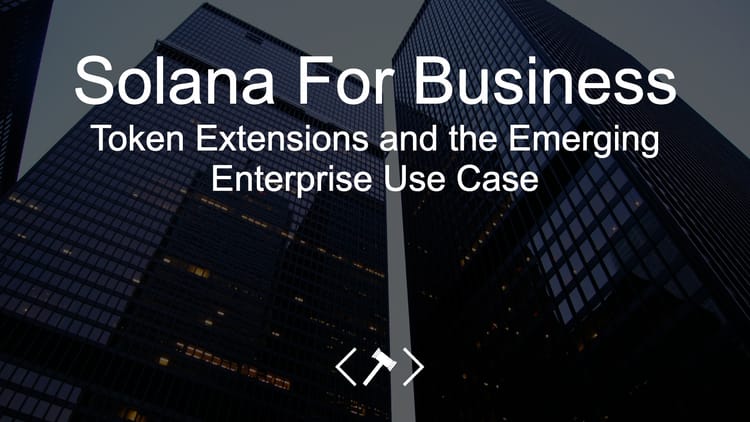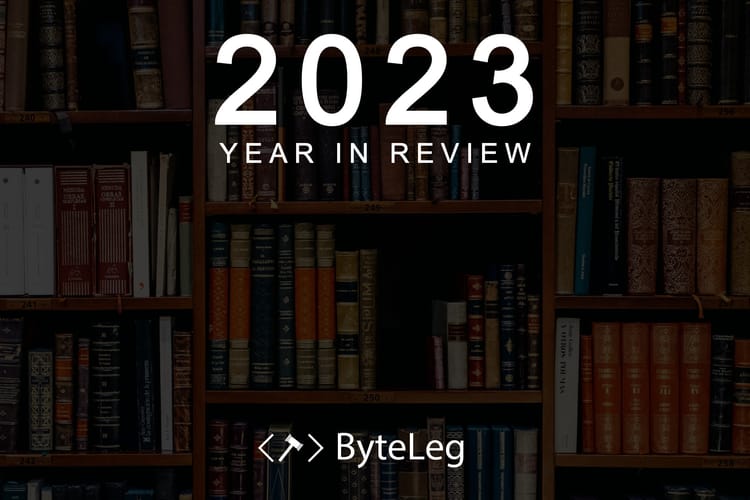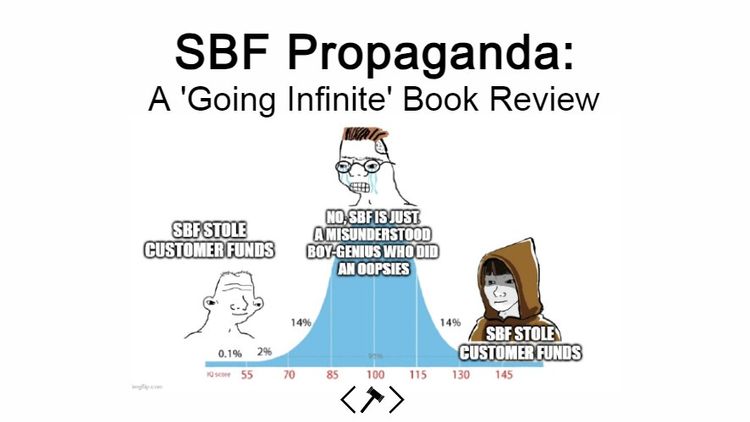Measure What Matters


John Doerr is one of the most successful Venture Capitalists of a generation, and is currently the 51st richest person in the United States.(1) For years, Doerr was the key investor at Kleiner Perkins, making investment in Amazon, Intuit (maker of TurboTax), Netscape, and Google. Doerr has interacted with some of the smartest entrepreneurs in the world and has distilled these interactions into his mantra: “Ideas are easy. Execution is everything.”
To ensure the world’s best ideas are well executed, Doerr developed the OKR framework, a system to help leaders accomplish their goals. Google famously uses OKRs to challenge its employees to innovate unlike anywhere else. OKRs, while seemingly simple, provide a comprehensive framework to improve organization-wide achievement.
After a brief exploration of the origins of OKRs and the ways they work, Doerr argues there are five reasons they are foundational to creating success.
OKR’s
Ok Whats?
The technical definition of an OKRs is “a management methodology that helps to ensure that the company focuses on the same important issues throughout the organization.” I break it down a bit further:
O – Objective
The “what” an organization is seeking to achieve. Objectives express goals, intentions, are aggressive yet realistic, and must be tangible and unambiguous. To be effective, it must be clear if an objective was achieved.
KR - Key Results
The “how” an organization will seek to achieve an objective. Key results are measurable milestones which signify useful progress towards objectives. To be effective, key results must describe outcomes, not activities, and include evidence of completion. Key results cannot include words like "consult," "analyze," or "participate," each of which describes an activity.
Origin

Doerr credits Andy Grove, the legendary CEO of Intel, with the invention of OKRs. At Intel, OKRs translated into a relentless pursuit of achievement, culminating in the company’s slogan: “Intel Delivers.” Intel used OKRs in every facet of its organization, with each employee setting individual monthly and quarterly objectives and key results. Andy Grove, while often challenging to work for, made sure everyone in the organization was on mission with a clear what and how to their work.
Example
The following is an example OKR Doerr includes from Intel:

#1 – Focus
Committing to Priorities
OKRs allow for rapid pivoting and iteration because they clarify and eliminate bureaucracy. Clearly prioritized, easily evaluated goals leave no fuzziness. For example, instead of working moderately on 10 objectives, employees know to throw their entire weight behind a limited number of goals. If everything is prioritized, nothing is prioritized.

In an interview with Tim Ferris, Mark Zuckerberg said that when he becomes interested in a topic, his employees felt like the Eye of Sauron was looking at them.(2) The intense focus of Zuck on the performance of their team or project quickly clarified the priorities. When a team sets clear, easily evaluated goals, there is nowhere to hide. You accomplish the goals, or you do not.
OKRs should be restricted to between 3 and 5 per quarter. While some may think this is limited, if the goals are ambitious enough, completing 3 OKRs should be a challenge. If a team creates more than 5, leadership is responsible for reducing OKRs to an appropriate number. By limiting the work by which employees will be evaluated, managers help effectively guide their teams. Cut OKRs can be pushed back a quarter or two if needed so that teams can lean into a specific set of objectives.
This radical focus eliminates distractions and allows for true concentration on a given problem. However, while OKRs are an important and simple tool, without staff buy in, they won’t be totally effective. Focusing and committing to priorities starts with the top-level leadership and will slowly be adopted by the organization.
#2 – Clarify
Align and Connect for Teamwork

OKRs clarify lines of responsibility in a way which empowers everyone involved. To do this, all OKRs - at all levels of the organization - must be open and transparent to everyone in the organization.
Cascading OKRs
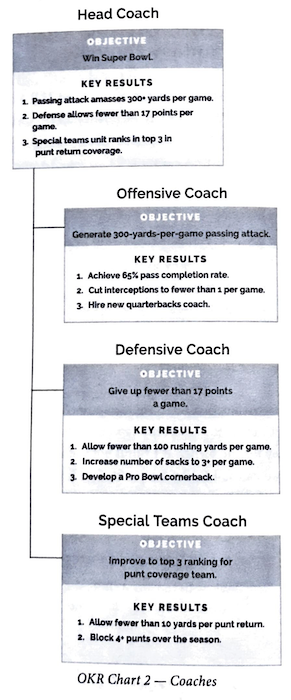
Structurally, OKRs should waterfall down the organization, such that a key result for a manager become the objective for their contributors, in turn becoming the OKRs for their direct reports. By cascading OKRs, leaders ensure all members of their organization are rowing in the same direction.
The use of cascading OKRs also clarifies the exact ways in which a given employees’ work is contributing to overarching goals of the organization. By how creating a direct through line between individual performance and organization performance, you show how everyone's work matters. The interrelated nature of OKRs, where missing a low level key result will ripple up the organization and impact CEO-level objectives should be communicated openly and often. Team meetings, and especially all-staff meetings, should openly discuss the ways objectives are interrelated.
Emergent Objectives
While cascading OKRs are important, it is also essential that implementing teams have a path to create their own OKRs. Top-down objective setting can only be so effective; leaders at the core of an organization do not directly interface with customers, decreasing their ability to correctly prioritize needs.
Doerr argues that roughly half of an organization’s OKRs should come from the bottom up. To remain an innovative, agile, and effective organization, leaders need to ensure their objectives are truly problem solving. To create effective OKRs, leaders at the center must push objective setting authority down the organization’s hierarchy.
Silo-Busting
Cross-team OKRs are an effective way to ensure information is communicated across teams. Instead of siloed specialization, cross-team OKRs enable quick decision-making by designating bridges between teams. Instead of playing an organization-wide game of telephone to pass a problem from one team to another, cross-team OKRs enable faster communication and coordination.
Importantly, to prevent frustration, the expected contributions of each team must be explicit at the outset. A cross-team objective should have team-specific key results to allow a proper division of labor and responsibility. Similar to the Tragedy of the Commons, if no one is made responsible, no one will take responsibility. To ensure objectives are accomplished, responsibility must be made explicit at the outset.
#3 – Track
Accountability for All
To build a culture of accountability, leaders must start with themselves, owning when their organization fails to meet expectations. The radical transparency of OKRs, where all employees can see all OKRs, requires radical accountability. If this accountability doesn’t start at the top, it will never truly take hold.
OKRs are not fixed, set-and-forget goals. They are living, breathing goals which adapt to changing circumstances. There are four options at any point in a quarter:
- Continue – If a goal isn’t broken, don’t fix it.
- Update – If a goal isn’t on pace to be accomplished, how can it be modified? This can mean changing the timeline, allocating more resources, or shifting approach.
- Start – Launch a new OKR, mid-quarter
- Stop – If an OKR can no longer be accomplished, there’s no use wasting resources on it.
At the conclusion of each quarter, everyone in the organization must grade their OKRs on a 0.0 - 1.0 scale. Google uses the following ranges to grade outcomes:
- Green: 0.7 – 1.0, “we delivered.”
- Yellow: 0.4 – 0.6, “we made progress but did not deliver”
- Red: 0.0 – 0.3, “we failed to make real progress”
OKR scores are less about grading than they are about guiding. The point of OKRs is to get everyone rowing the in same direction, and different employees may grade themselves differently than others. For example, the following is a comparison of self-assessments at Google.
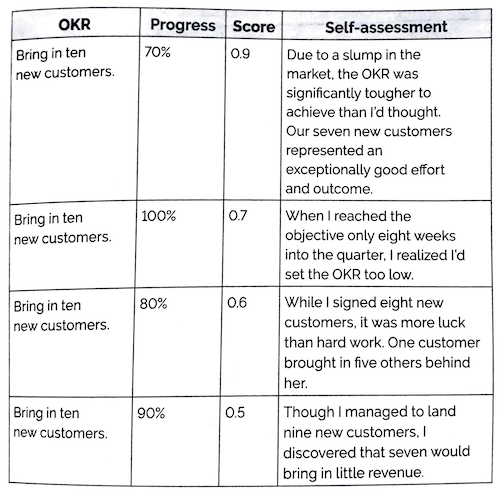
By requiring that everyone score, self-assess, and reflect on their OKRs, leadership can ensure their organization remains agile and action oriented.
Beyond Accountability
While radical transparency required by OKRs is scary for many leaders, it provides unexpected benefits beyond accountability.
Openly tracking objectives and key results allows for social motivations to surpass external motivations. For example, in all-staff meetings, the CEO can highlight a team that accomplished their OKRs well-ahead of schedule. Instead of exclusively incentivizing a sales team with bonus structures, social factors like pride and status can help make people work harder than they otherwise would.
In an interview with Joe Rogan, former Facebook employee Antonio Garcia-Martinez highlights the cult-like devotion of employees of Facebook.
Even in 2011 it [Facebook] still felt like a startup. It was hypermotivated, people were super hardcore… They had these things called hack-a-thons where you spend all night coding, and you would get a T-shirt for that. It was a badge of honor; you’d collect them all because there would be one every month or two.
There was a lot of swag. I was part of a team, the ads-product team, with a logo, and everyone would wear the logo of their team.
No one was paid a bonus to collect all the hack-a-thon t-shirts, or to consistently wear their team’s logo, but they did! Incentivizing people to take pride in their work, beyond pure financial incentives, is the best way to build an innovative, effective culture. As will be discussed next, the OKR framework, and the radical transparency it brings, should disconnect financial incentives from OKRs, incentivizing the culture described at Facebook.
Purposeful work and opportunities for growth are stronger motivators than financial incentives. Tying financial incentives to OKRs is an effective way to centralize control, but is ineffective at incentivizing employees to shoot for the moon and take risks.
#4 - Feedback
Continuous Performance Management
One-on-Ones
To ensure agility and high performance, managers should meet for weekly one-on-ones with their contributors. By shifting to weekly reviews, an organization unlocks several new opportunities.
As discussed above, OKRs are meant to adjust as conditions change. Weekly check-ins allow for organizations to keep their finger on their own pulse – how likely are we to miss an objective? How can we reallocate resources? Weekly one-on-ones allow for decision makers to act on the most up to date information available. Market trends emerge quickly; operating on data several months out of date could lead to devastating consequences. Frequent check-ins allow for organizational agility.
Importantly, one-on-ones should be led by the contributor instead of the manager. The manager role is to listen, learn, and coach, not to direct. Direction by the manager should be saved for team-wide meetings. Conversations between a manager and their contributors should focus around five questions:
- What are you working on?
- How are you doing; how are your OKRs coming along?
- Is there anything impeding your work?
- What do you need from me to be more successful?
- How do you need to grow to achieve your career goals?
Continuous Review
The traditional structure of an annual review is fundamentally backwards looking. Instead of looking forward at the year to come, it reviews and relitigates events from up to 12 months ago. Annual reviews necessarily tie financial compensation and promotions to achieving outcomes. This incentivizes employees to seek less ambitious objectives – why set the bar nearly out of reach when you could instead set it at a moderate height and ensure that big bonus at the end of the year?
For a company to be firing on all cylinders, it needs its employees to trust they will be fairly compensated, even if they fail to achieve an overly ambitious goal. By unlinking bonuses from outcomes, intangibles like communication, teamwork, and ambitious goal setting can be included. It also allows teams to be compensated for their total work instead of just their outcomes.
#5 – Ambition
Stretch for Amazing
Arguably the most important benefit of the OKR framework is that it enables teams to shoot for ambitious goals.
Doerr outlines two types of OKRs:
- Committed Objectives – tied to your organization’s metrics: product releases, bookings, hiring, customer retention. Leadership sets these metrics at a high level, often departmental or company-wide. These metrics must be achieved within a specific time-frame. Failure to deliver on a committed objective demonstrates a lack of planning or execution and requires an explanation.
- Aspirational Objectives – higher-risk, innovative objectives that emerge bottom-up, instead of being pushed top-down. These are, by definition, difficult to achieve and will often fail.
At Google, aspirational goals are institutionalized in the “Gospel of 10x.” Instead of seeking to create products that are 10 percent better than their competitors, Google pushes its employees to create products that are 10 times better. For these aspirational goals, the expectation is that 40 percent of these projects will fail.
Google, one of the most innovative companies in the world, is built on this moonshot culture. To achieve true leaps in productivity and innovation, aspirational OKRs should be intermingled with committed OKRs. Through the implementation of continuous management, transparent accountability, and unlinking compensation from outcomes, leaders can create a culture where individuals can fail to achieve audacious goals without consequences.If everyone is scared of failure, they’ll never seek excellence.
When setting aspirational goals, it is important to select goals that are reasonably achievable. People can be spurred to take on scary or difficult objectives, but only if they believe they can succeed. If an aspirational OKR isn’t achieved, should the goal remains relevant, the OKR can be escalated or rolled over to the next quarter.
Aspirational OKRs motivate us to excel by doing more than we thought possible. By testing our limits and affording the freedom to fail, they release our most creative, ambitious selves.
Objective, Key Results
Slow is smooth, smooth is fast
Andy Grove once wrote “a few extremely well-chosen objectives impart a clear message about what we say ‘yes’ to and what we say ‘no’ to.” In the same vein, the Objective Key Results framework, while simple, enables less to be more.
In implementing OKRs, organizations can expect to:
- Increase focus on specific objectives.
- Align teams to ensure everyone is rowing in the same direction.
- Increase accountability and motivation through scoring, self-assessing, and reflecting on performance.
- Enable agility and achievement through continuous management.
- Achieve ambitious moonshot objectives which produce leaps in performance.
The OKR framework provides flexibility in structured goal setting that is critical to executing on innovative ideas.

-Michael


